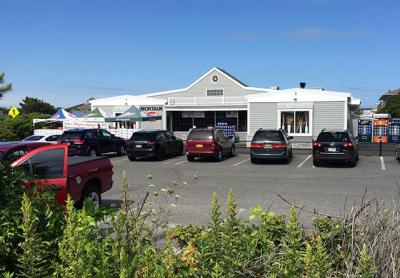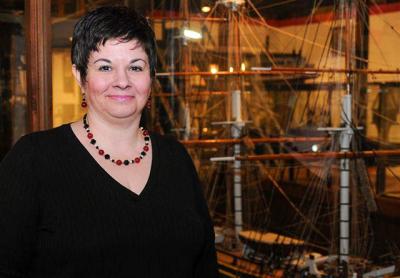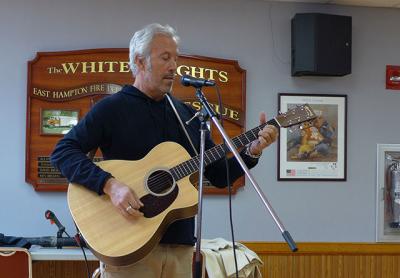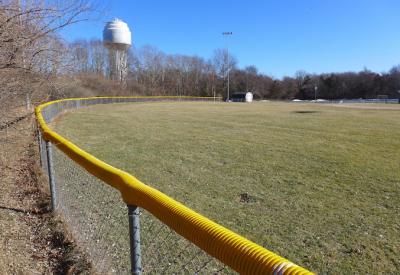Baldwin to Read 'Finn' at BookHampton
Baldwin to Read 'Finn' at BookHampton
On Saturday at 4 p.m. Alec Baldwin will bring the words of Mark Twain to life in a reading of “Huckleberry Finn” at BookHampton’s East Hampton shop.
Adults and children are invited to participate in the event, which the store said is designed to introduce classic literature to kids and serve as a reintroduction to adults, who will understand these books from a different perspective than when they were first introduced to them, a store representative said.
The book has been the subject of continued controversy, including a recent rewrite to expurgate language that has been questioned for decades. It was chosen by Charline Spektor, a co-owner of the store, prior to the latest clamor over its content. The goal of the series is to make the classics less scary. Last year, Mr. Baldwin read from “Moby-Dick.”








